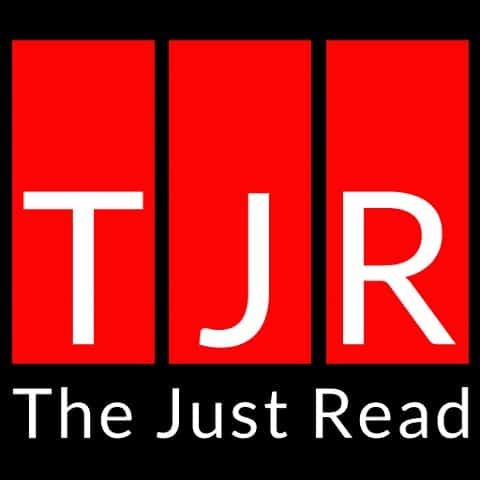When we teach the writing process to students, we help them with strategies to become independent and effective writers. The writing process provides a framework for students to write in various genres. It is flexible and allows for creativity and authenticity in writing, but with a few guidelines along the way.
Teaching students the writing process includes the following strategies: planning, research, drafting, revision, editing, and preparation for sharing. Younger students will learn less intensive variations of this process, whereas older students will benefit from the additional steps.
Our aim as teachers is to show students strategies for successful writing. It might seem laborious to include so many steps, but it certainly improves the quality of writing as a form of communication. Then, as students become more independent, they can choose their own strategies for the writing process.
Teaching The Basic Steps Of The Writing Process
Part of our job as teachers is to equip our students to become independent writers. We do this by teaching them the writing process and different strategies that can be used for various purposes.
The number of steps in the writing process will differ according to the age of the students. The basic steps for younger students are planning, drafting, revising, and editing. Older students will learn added steps including research and preparing their writing for sharing.
Planning
The planning phase is also called the prewriting phase. During this stage, we teach students to check if they understand the question or task first. Once they know what is expected of them, they can brainstorm ideas and plan the way they will approach the written task.
Research
Research is an offshoot of the planning phase and is usually linked to informative writing projects. Younger students aren't usually required to list their resources. Older students should, however, list their references and be warned against plagiarism and spinning of information.
Drafting
Once students have gathered the necessary information and ideas, they can write a draft of their written project. A draft helps writers to put their thoughts and ideas in writing, but it is not the final product.
Revising
After completing the draft, we teach students to read through it critically. While doing so, they must check if their work reads well and if they should add or omit any information. Depending on the type of project, the students can swap drafts for revision and suggestions, or the teacher can help the students.
Editing
If the revision process highlighted any errors or room for improvement, the students must edit their work. Here the students might rewrite sentences or check for spelling or grammatical errors. If the written work is done on a word processor, the editing process will go faster. Alternatively, the students must write out their work in full, with corrections.
Preparing
The preparation part of the process means getting the edited task ready for sharing. Preparation includes printing the assignment, decorating it, adding images, or publishing it on a specified platform.
The Three Types Of Common Core Writing
Part of teaching the writing process includes teaching students the three types of Common Core Writing Capacities. The writing process for each will be similar, but the style of writing will differ.
The three Common Core Writing capacities include the following:
- Argument. Argument writing is where the writer interprets facts and evidence. Depending on the question or project, the student might have to persuade the reader that their interpretation is correct.
- Informational. As its name suggests, the purpose of this writing is to convey information. Research projects are usually informational.
- Narrative. Narrative writing is creative writing and includes short stories and poetry. Students can write their narratives in the first or third person.
Teaching Tips To Improve The Writing Process
There are other great ways we, as teachers, can encourage our students in their writing projects. These include the following:
- Display a flow diagram with the writing process.
- Expose your students to different genres of writing.
- Display a "vocabulary list" if possible.
- Be current. Include various forms of media and relatable topics into writing projects.
- Encourage students to write from personal experience.
What's Included In Writing Process Lesson Slides?
If you are looking for a complete lesson for teaching Writing Process to your elementary students, here is a valuable teaching resource.
Our Powerpoint lesson slides for Writing Process are comprehensive and editable.Learning Objectives
Students should:
- understand the writing process
- recognize the steps required to create a good piece of writing
- organize their thoughts using prewriting techniques
Learning Outcomes
Students will be able to:
- express their ideas in the best manner and order possible
- to recognize grammar, spelling, and punctuation errors in their writing
You can watch the lesson video here before downloading the slides.
Download ppt Slides For This Lesson
Editable Lesson Slides included
We hope these lesson slides are helpful for you in delivering lessons to your students. You can also check our other Lessons in Teachers Resources.
Please feel free to contact us if you need any specific lessons.
